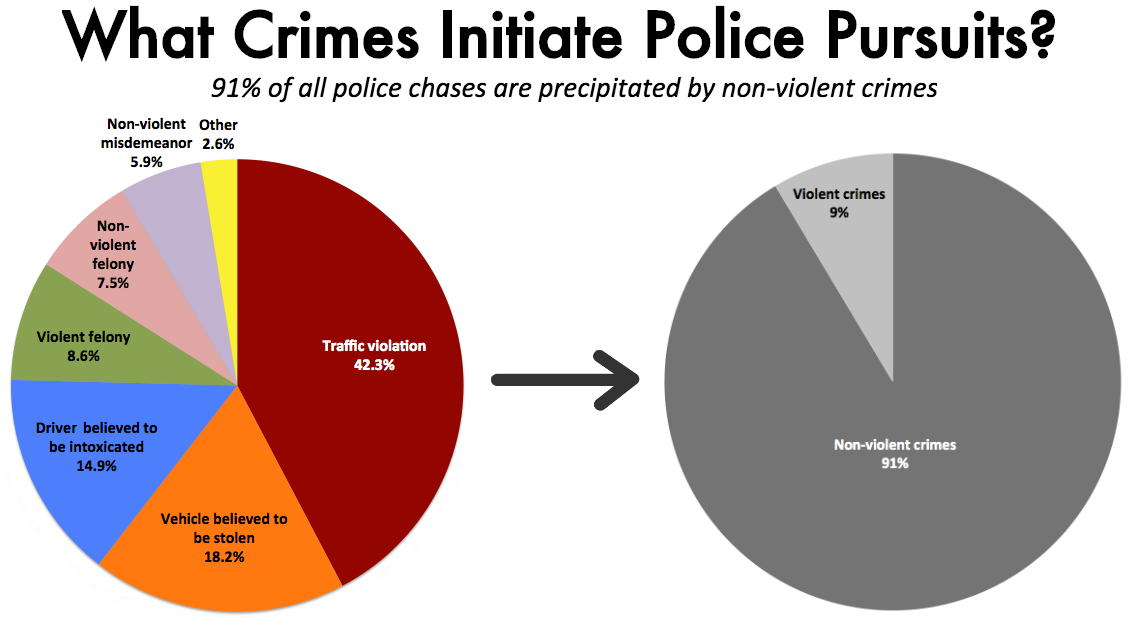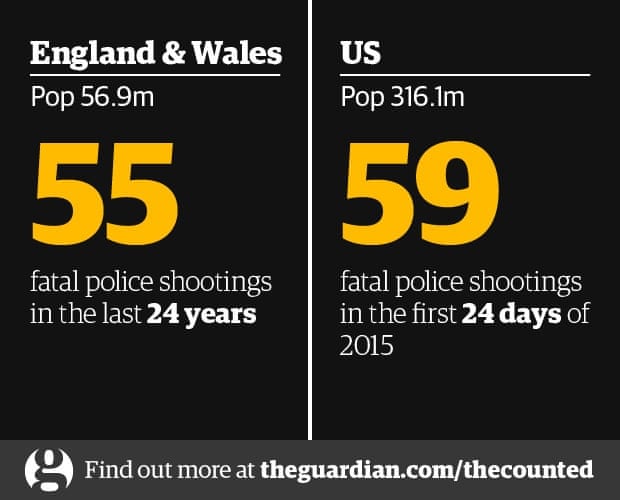But in the 1950s, Austin police took an even more drastic step to reduce police-vehicle accidents: Grits was today years old when I learned that, in the 1950s, the Austin Police Department removed lights and sirens from its police cars to encourage better driving by its officers.
It worked. Accidents involving officers plummeted and the city won a national safety award for its vehicle fleet.
In an Austin Statesman article dated December 27, 1955 titled, "Siren, light removal makes police unhappy," the paper reported that "removal of the sirens and red lights has materially reduced accidents involving police cars rushing to other smashups or speeding to the scene of a crime."
Police Captain George Rogers, head of the department's traffic bureau, said "it was a very important factor" in Austin's winning of the 1955 fleet traffic safety award.
The award - presented by the National Association of Chiefs of Police and the National Safety Council - recognizes the Austin police department's fleet safety record as the best in the nation.
They began removing lights and sirens as they replaced old patrol cars starting in 1953. According to Captain Rogers, "Some of the boys got it in their heads that because they had sirens everyone would get out of their way, but of course that's not true. We figured we could save equipment by removing them, and we have."
Rogers noted that since July only two police cars have been involved in accidents - a substantial better showing than in the past.
[City Manager Terrell] Blodgett put it this way: "We did it to reduce accidents. We felt that the few seconds saved (because of sirens) were not worth the chances of accident and injuries.
"Rank and file" grumbled about the change, but for at least a few years, it stuck.
I can't tell precisely when lights and sirens made it back onto Austin police cars. But in 1971, the Legislature passed a state law mandating that "an emergency vehicle on an emergency call must use red lights and a siren." Not long thereafter, two Austin police cars were totaled when they hit each other driving with lights and sirens to a non-emergency call. One of the officers was seriously injured. Reported the Statesman at the time:
At one time, the Austin police force did not have plainly marked patrol cars and only had a small red light which an officer placed on the dashboard of the unit when stopping another car.
No car was equipped with sirens at that time. ("New police Code 3 policy requires sirens, red lights," Austin American Statesman, Dec. 28, 1971)
This is a shockingly forward thinking policy prescription for the 1950s and I'm amazed police brass were willing to stand up to the rank and file to enact it. Less surprising are the facts that a) it undeniably reduced accidents and saved lives and b) eventually the city succumbed to pressure from the "rank and file" to change it back.





.jpg)